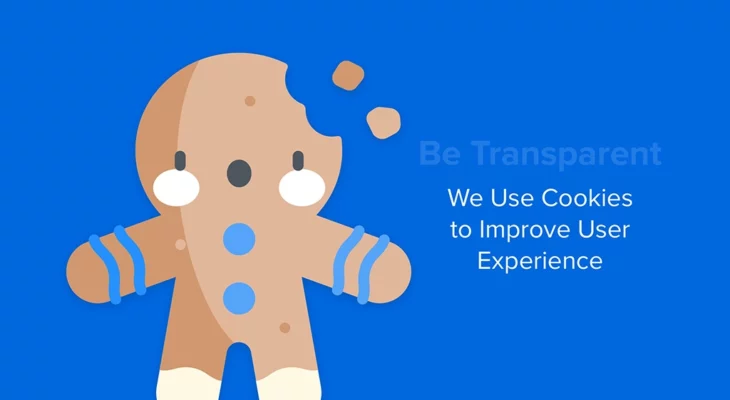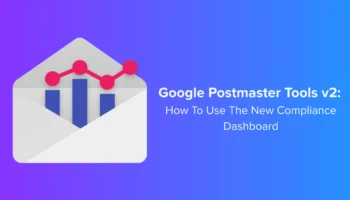In our modern tech-centric world of business, retailers have been forced to up their marketing game. One of the biggest ways in which this is done is through the careful and inconspicuous tracking of customers’ online habits. When done with the right intentions, retailers can learn more about their customers and their shopping habits in order to improve end-user online experience. Seems innocent enough, right?
Sadly, it’s not every retailer who collects information about their customers with noble intentions. Knowing this has made people a lot more wary with many advocating for stricter laws to protect consumers. Vermont just became one of the first states to legislate a law that requires companies that buy and sell 3rd party personal data to register with the Secretary of State. To date the list of companies now exceeds 121 data brokers.
With stricter laws coming into effect, how can you as a brand follow your customers online without pushing them away?



